Special Report
16 Fascinating Facts About Daylight Saving Time
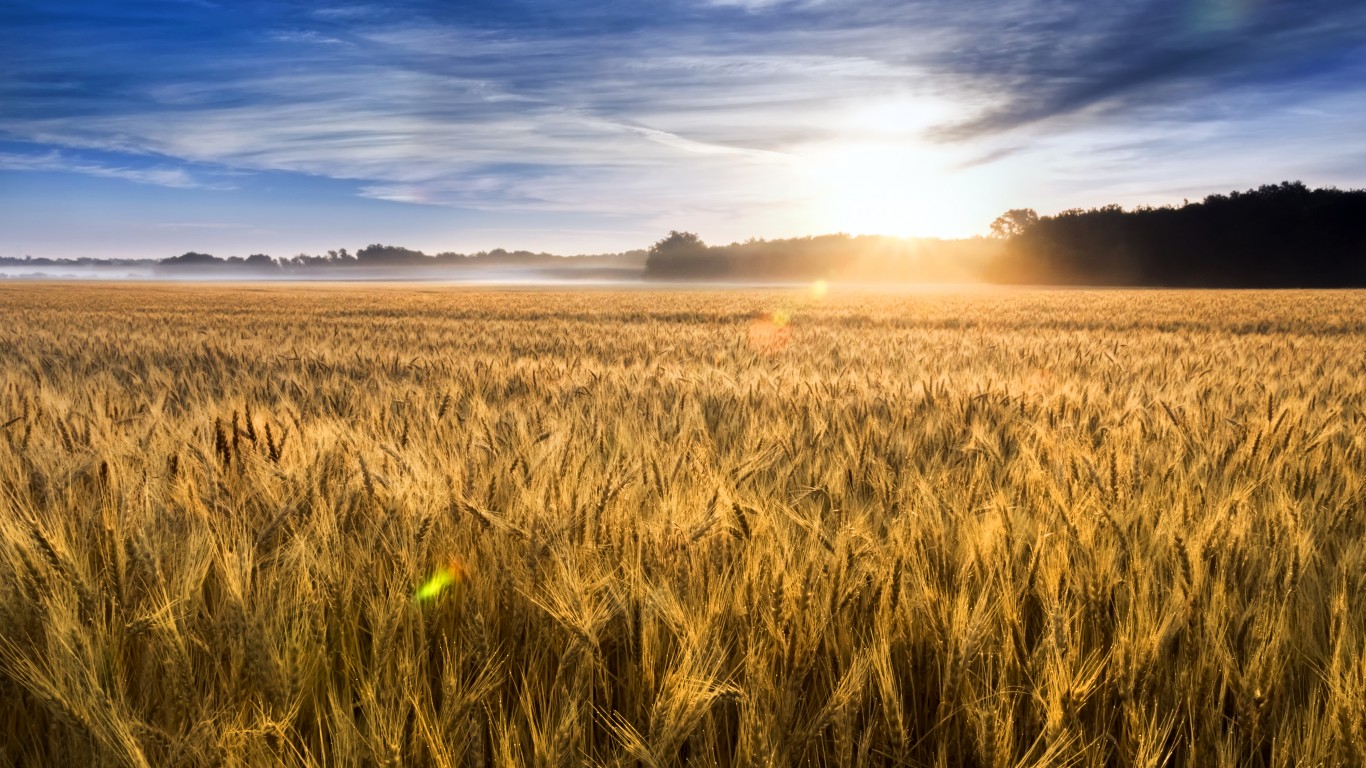
Published:
Last Updated:

We change our clocks twice a year, every year. We move them forward in the spring and back in the fall, on different dates in different countries. While daylight savings has been adopted around the world, it has been controversial in many countries.
Two of the biggest debates about whether daylight saving time, or summer time as it’s called outside the United States, focus on negative health outcomes and whether DST really saves energy, which was its original intent.
Many people don’t know much about the origins of the biannual ritual: most of us just look forward to getting an extra hour of natural light in the spring and dread the lost hour of sleep in the fall.
For example, the popular belief is that farmers pushed for the change to daylight hours when, in fact, they hate it because it disrupts their schedule too much — they already make the most of the daylight and wake up very early. It was actually businesses that lobbied to move the clocks forward because they estimated they would earn billions more in revenue.
Also, many people call it daylight savings time, but the accurate spelling is singular.
DST is confusing and controversial for what may not be very obvious reasons. It’s more complicated than just remembering when it starts (beginning of March) and when it ends ( first week of November). It can lead to severe depression, fatal pedestrian accidents, and even increased energy consumption.
To compile a list of lesser-known facts about daylight saving time, 24/7 Wall St. reviewed over a dozen studies, news reports, and historical articles on DST’s origins, the controversies around it, and how it is observed around the world.
Click here to see 16 fascinating facts about daylight saving time.
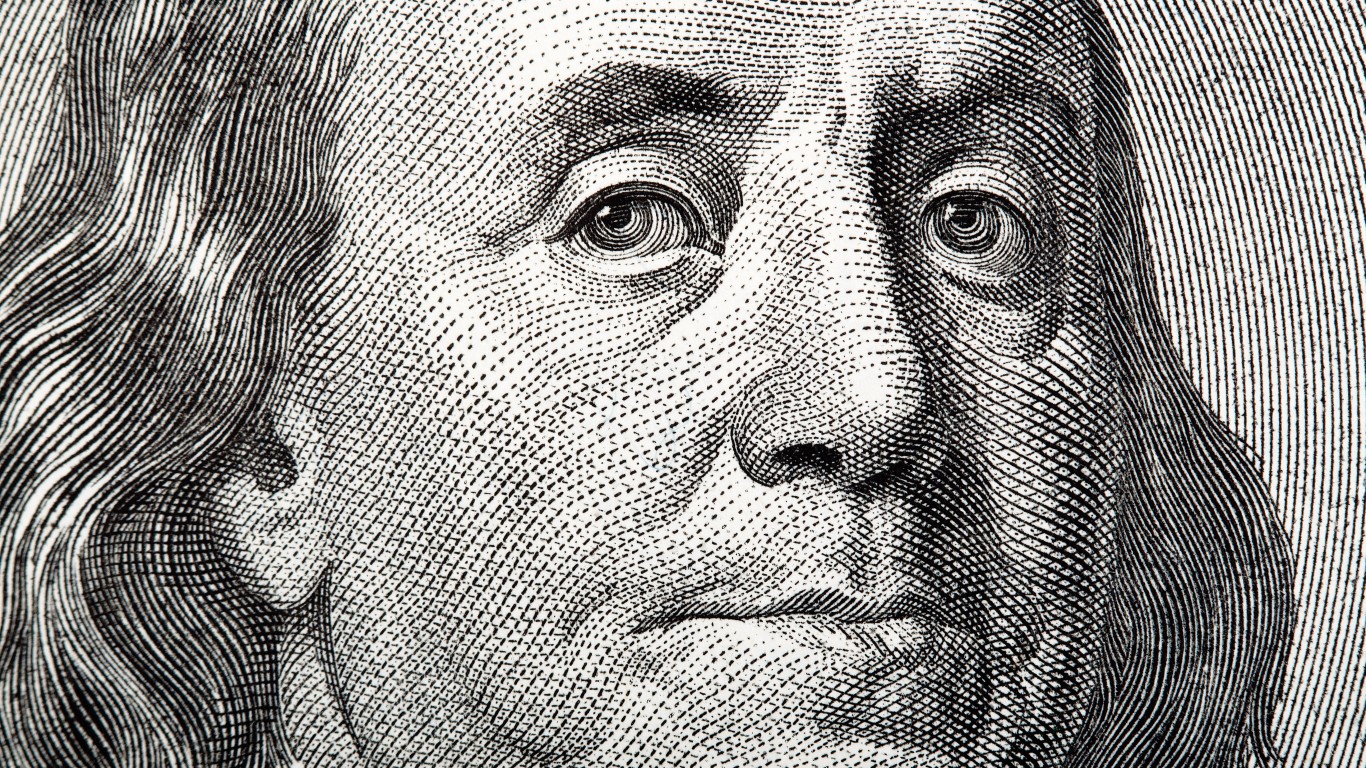
1. It was Benjamin Franklin’s idea
Benjamin Franklin is often credited with first proposing daylight saving in his 1784 essay, “An Economical Project.” The idea wasn’t seriously considered, however, until more than a century later when William Willetts, a British builder, fiercely advocated for it. His argument was that people like long evenings because they can do more, and that they don’t regret missing the opportunity to make the most of bright mornings in the summer as they are still sleeping.
[in-text-ad]

2. The current DST format was proposed in New Zealand
Daylight saving time was suggested by an entomologist from New Zealand, George Hudson. In 1895, he recommended a two-hour time change because he wanted to have more daylight after work to go hunting for bugs in the summer.
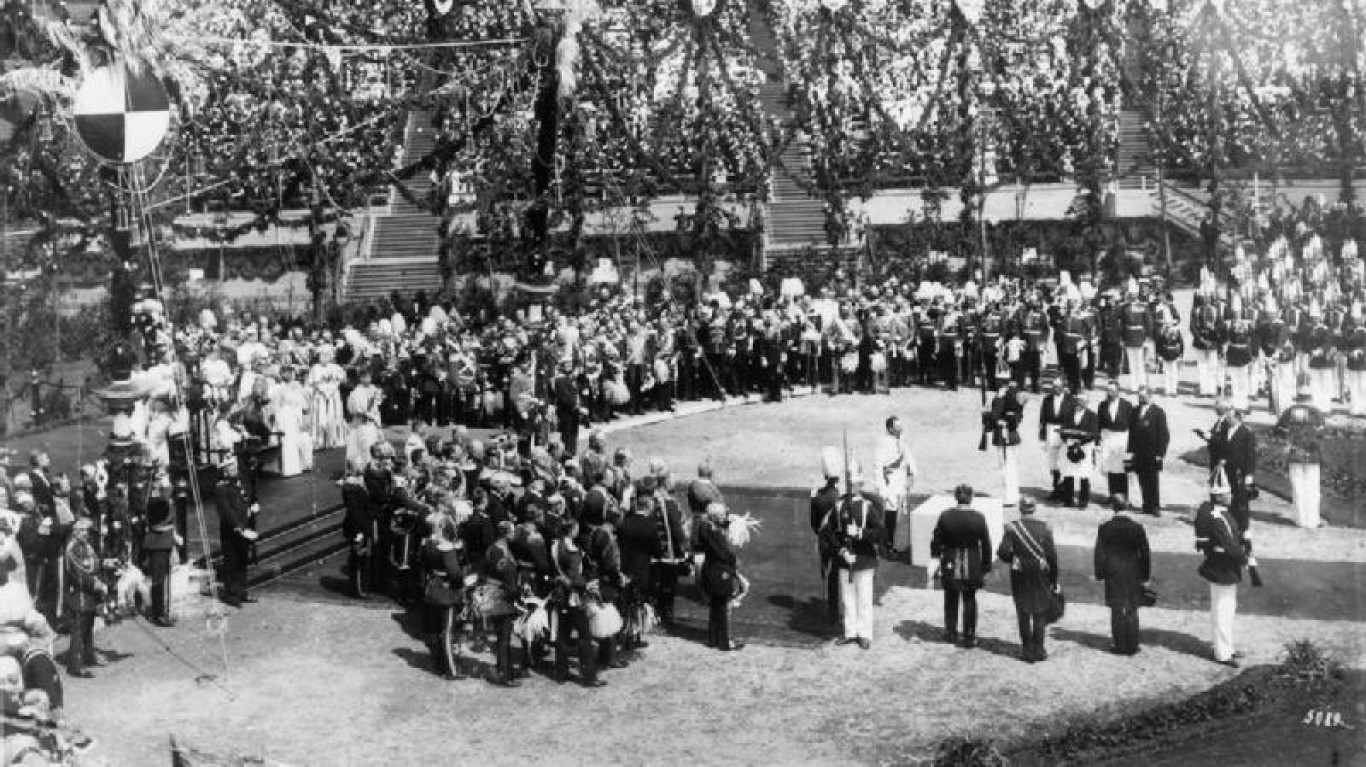
3. DST was first adopted by Germany during World War I
The benefits of DST were first recognized during World War I, when Germany was looking for ways to save energy. Germany moved the clock forward to have more daylight while people were at work. Several countries, including the United States in 1918, followed suit for the duration of the war. DST was used again during World War II as a way to save energy for war production.
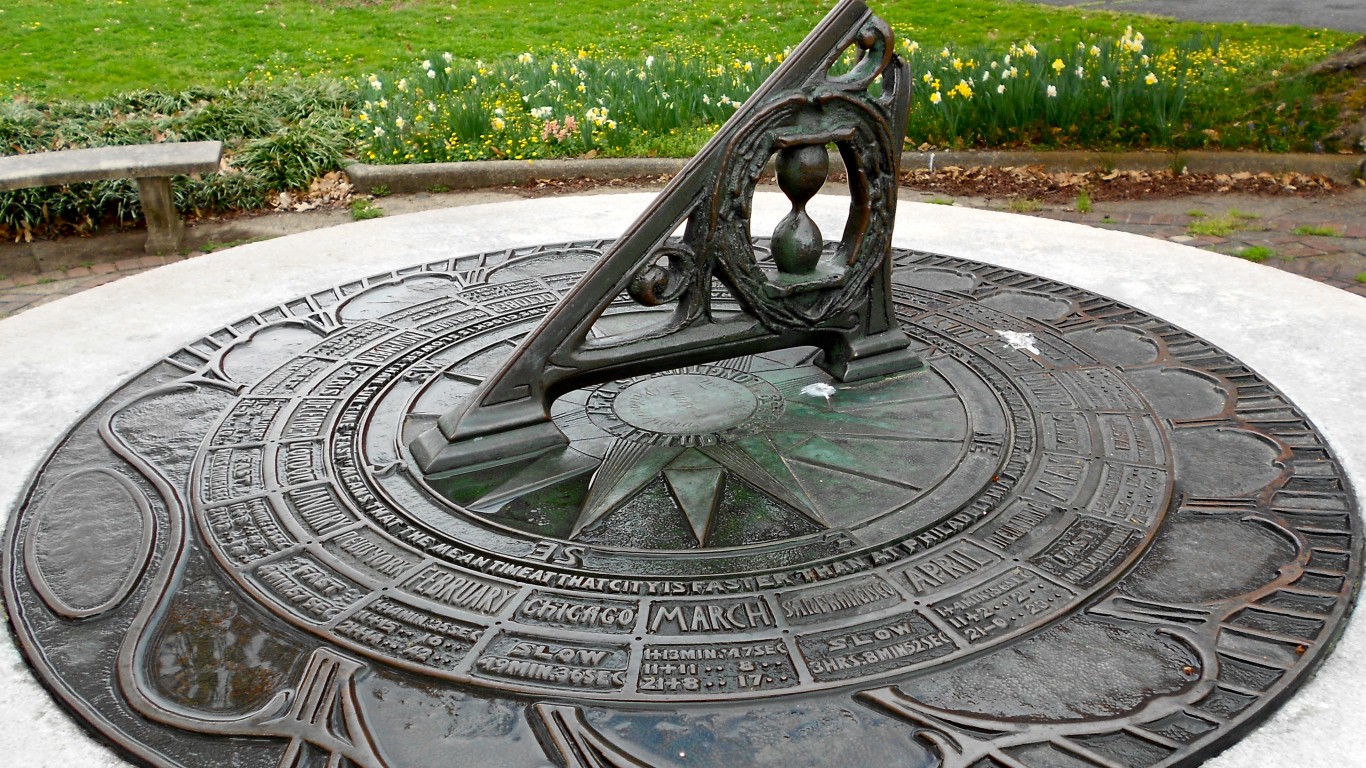
4. DST became a national standard in the U.S. in 1966
The U.S. continued to observe daylight saving time even after World War II, but there was no standard law about how to implement it. Different states did it at different times, which caused a lot of confusion. To prevent this from happening, a federal law was passed in 1966 standardizing the length and times of DST for the country. States either have to change the clocks at a specified time or stick with standard time throughout the year.
[in-text-ad-2]

5. Students who take the SAT exam close to the start of DST score lower
If you can help it, don’t take the SAT the day after DST starts in March. It adversely affects sleep in high school students, which leads to daytime sleepiness, deteriorated vigilance, and increased lapses. A study published in the Journal of Neuroscience, Psychology, and Economics found a strong correlation between the time shift and lower SAT scores.
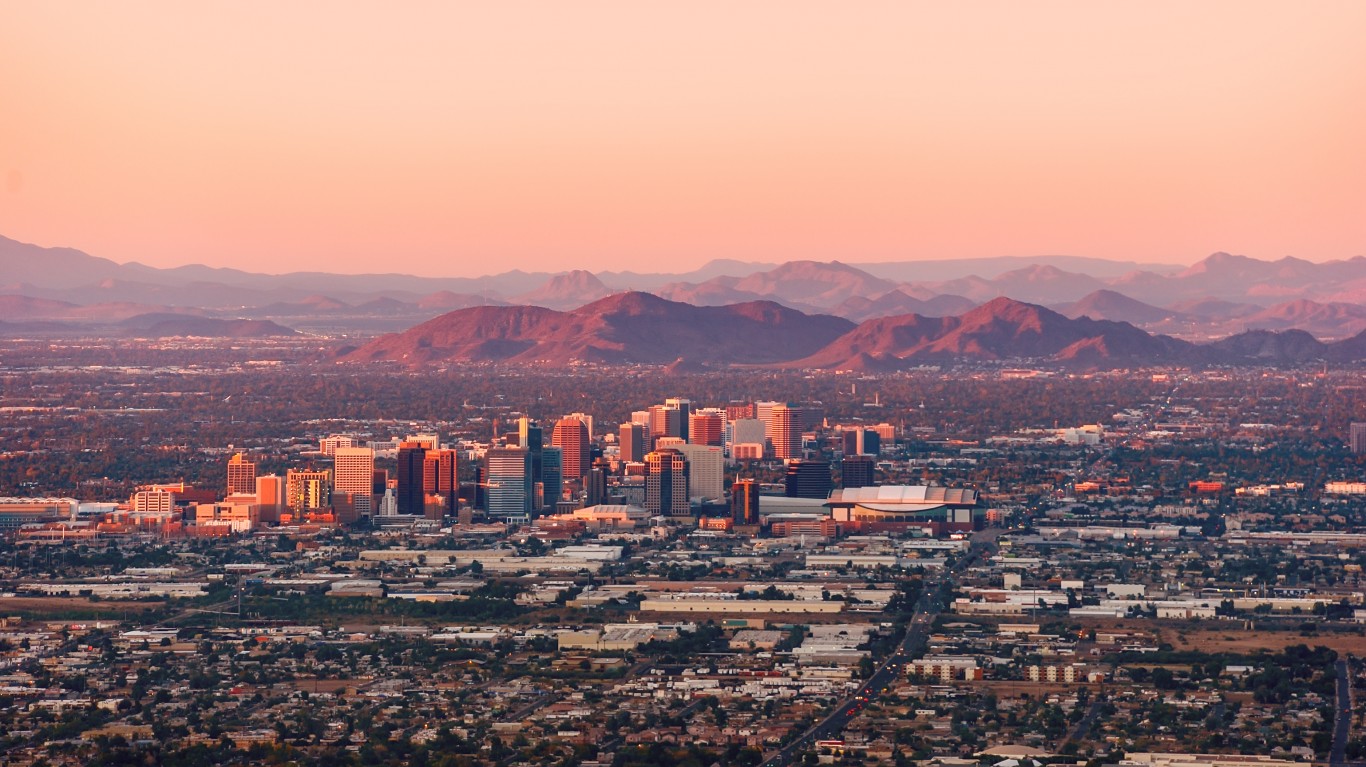
6. (Most of) Arizona doesn’t change its clocks
Outside of Navajo Nation,Arizona residents don’t have to worry about DST and trying to remember which way the clock should be moved. Residents of the Grand Canyon State don’t bother with DST because they actually don’t want longer days. Summer days are very hot there, often reaching over 100 degrees, so people prefer them to be shorter.
[in-text-ad]
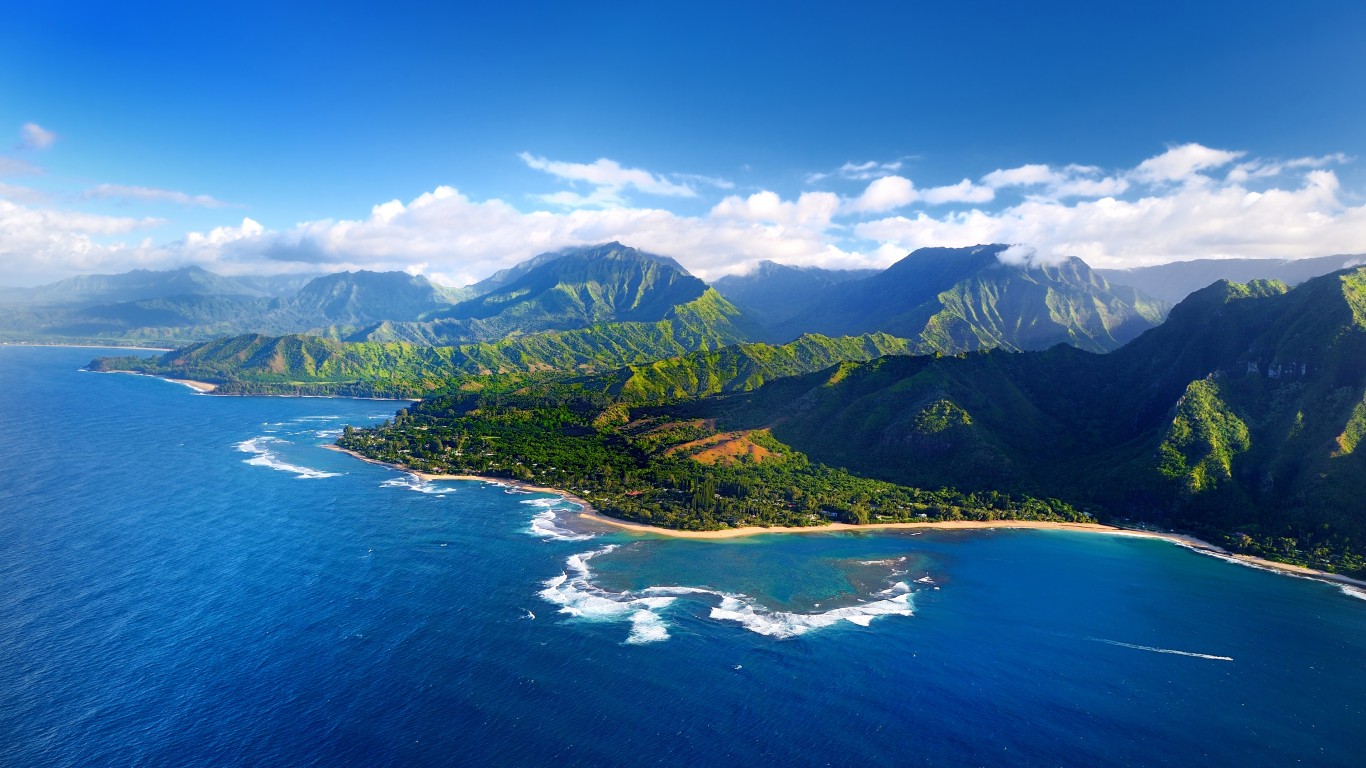
7. Nor does Hawaii
Hawaii opted out of the 1966 law that standardized summer time in the country. Hawaiians really don’t need it. The state is located much further south than those in mainland United States — at a latitude similar to Mexico City — so daylight saving time provides little to no benefits. Daylight hours don’t vary much, averaging about 12 a day, regardless of the season.
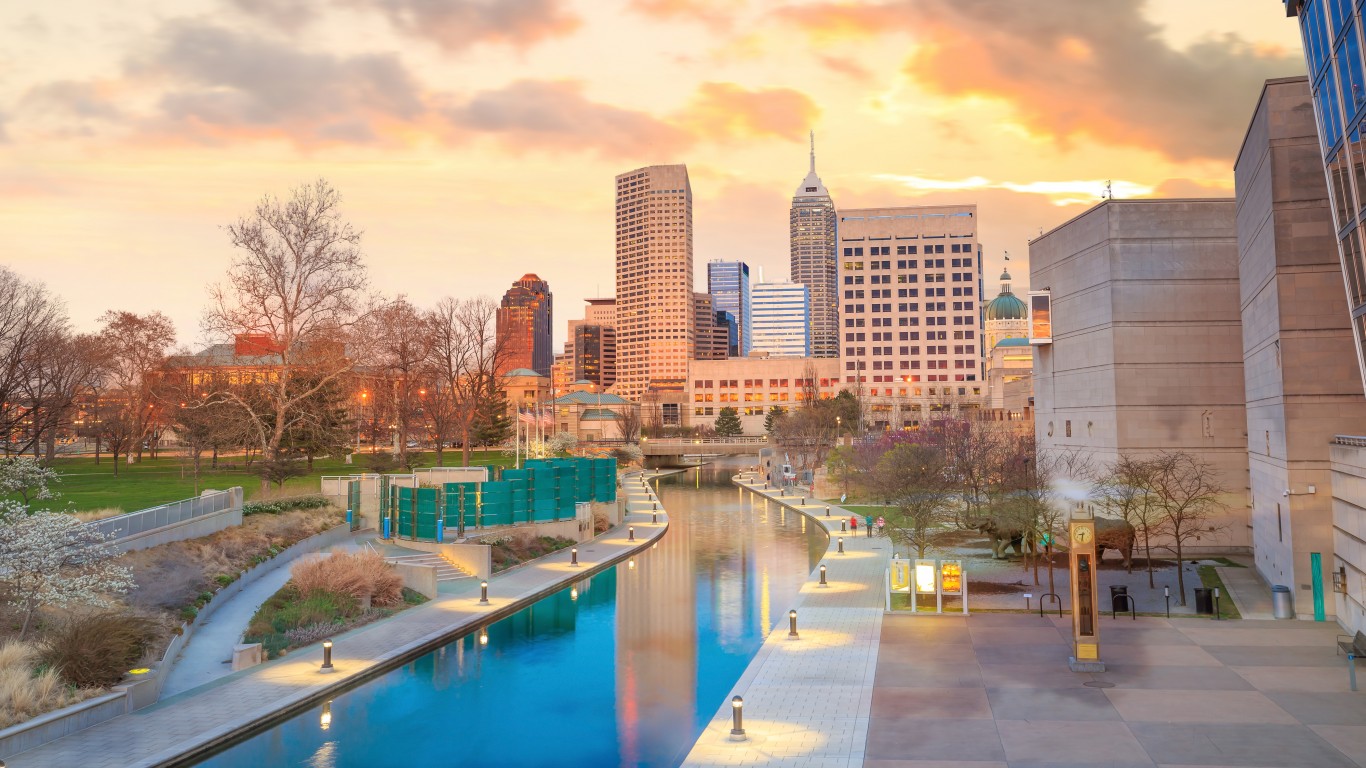
8. Indiana did not observe DST until 2006
Indiana has two time zones and until 2006 only a few of its counties changed their clocks in the fall and in the spring. This caused a lot of confusion as several new counties decided to use DST. Keeping track of who did and didn’t was tricky, so a bill was passed in 2005, unifying the practice throughout the state. But the law was very controversial and it made the then-governor, Mitch Daniels, unpopular.

9. Other states have made attempts to get rid of DST
There are a few states that observe DST but really don’t want to, so much so that local officials, including Marco Rubio from Florida, have promoted passing laws to make daylight saving time the new standard all year. Florida’s Sunshine Protection Act has passed the state legislature but still needs to be approved by Congress. A bill was put forward in Alaska to end DST as well, but it was only passed by the state’s Senate. Idaho and Illinois have made attempts to stop the changing of the clock for good as well but efforts have gone nowhere so far. Other states whose legislatures have introduced bills to end DST include Oregon, New Mexico, Michigan, Texas, and Washington.
[in-text-ad-2]

10. TV channels hate DST
Television viewership drops in the spring after daylight saving time takes effect. About 10% fewer people watch TV because, the assumption is, they spend more time outside as the sun sets later.

11. Golf and BBQ industries benefit a lot from DST
Lobbyists for the golf industry told Congress in 1986 that just one hour of extra natural light during the day would result in about $200 million in extra sales; the barbecue industry estimated that extra revenue for them would be around $100 million. The candy lobby wanted to benefit as well, claiming that one more hour of sunlight on Halloween would result in more trick or treating and therefore more candy purchases. DST was not extended to eight months, covering Halloween, until 2007.
[in-text-ad]
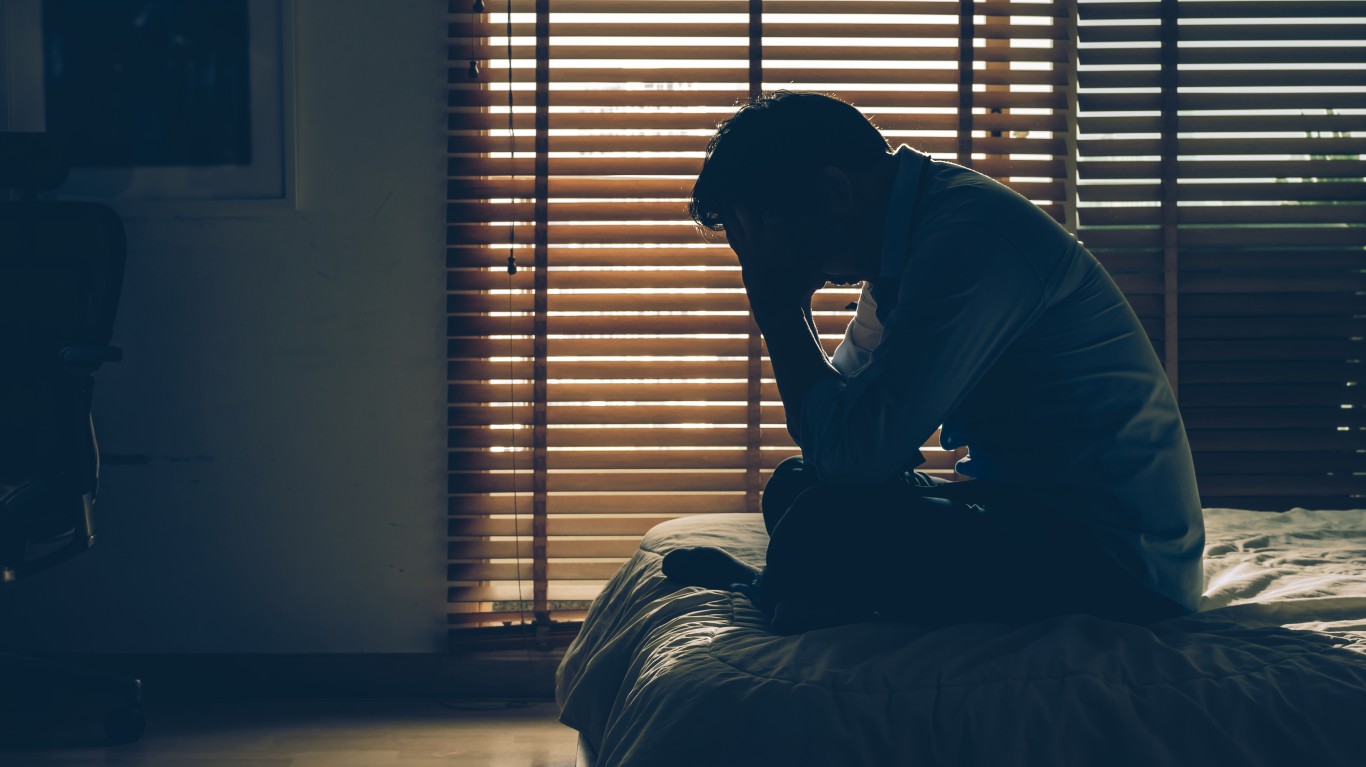
12. DST is considered dangerous by many
Another movement against DST focuses on negative health outcomes. Research has shown that cluster headaches are more likely within two week of the time change, and people are more prone to car crashes because of one less hour of sleep. The incidence of heart attacks may also be higher as a result of the time change in March, and more people seek help for depression in the weeks after the transition from summer to standard time.
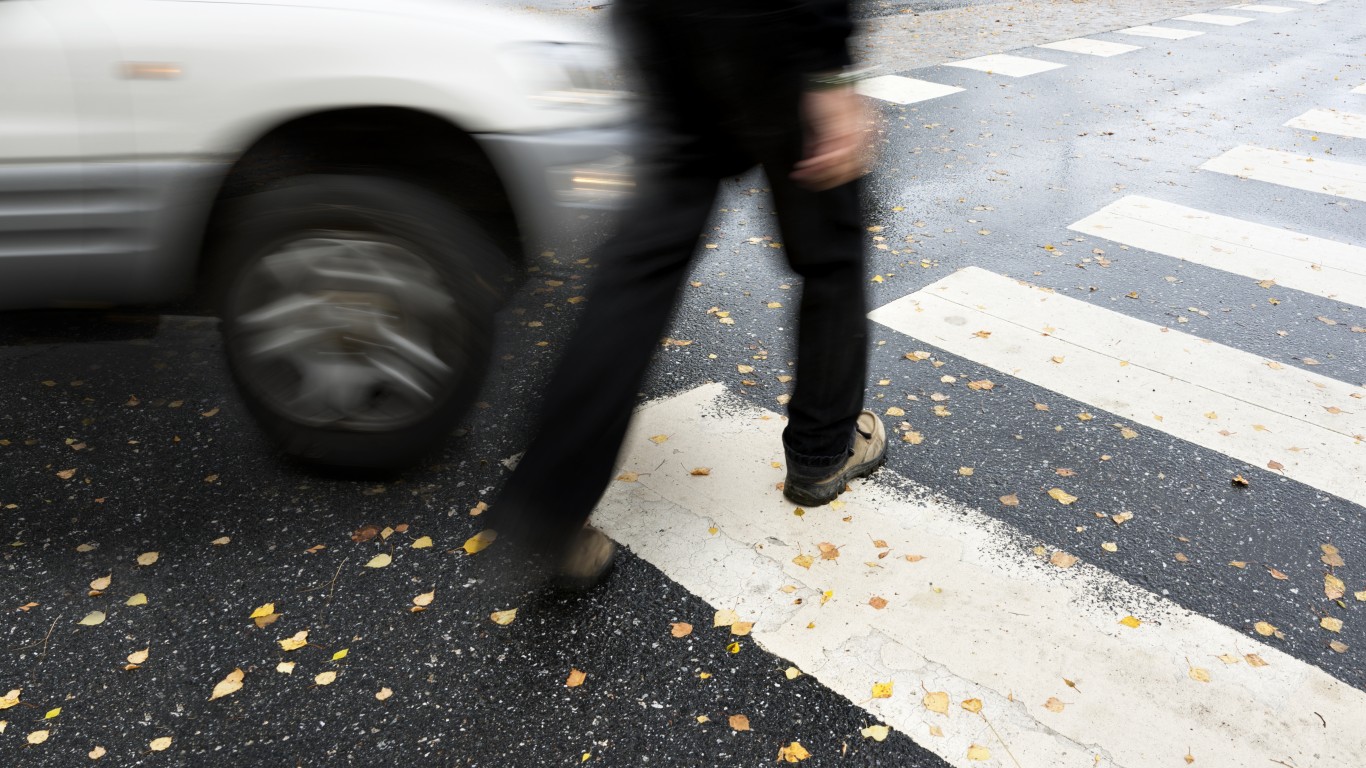
13. Pedestrians are less safe
Some research suggests that pedestrians are significantly more likely to be killed or hit by cars after 6 p.m. in the weeks after clocks return to standard time in November. Another study found a 186% jump in the risk of being killed by a car for every mile walked, suggesting that drivers may not have properly adjusted to the new time as the sun sets earlier.
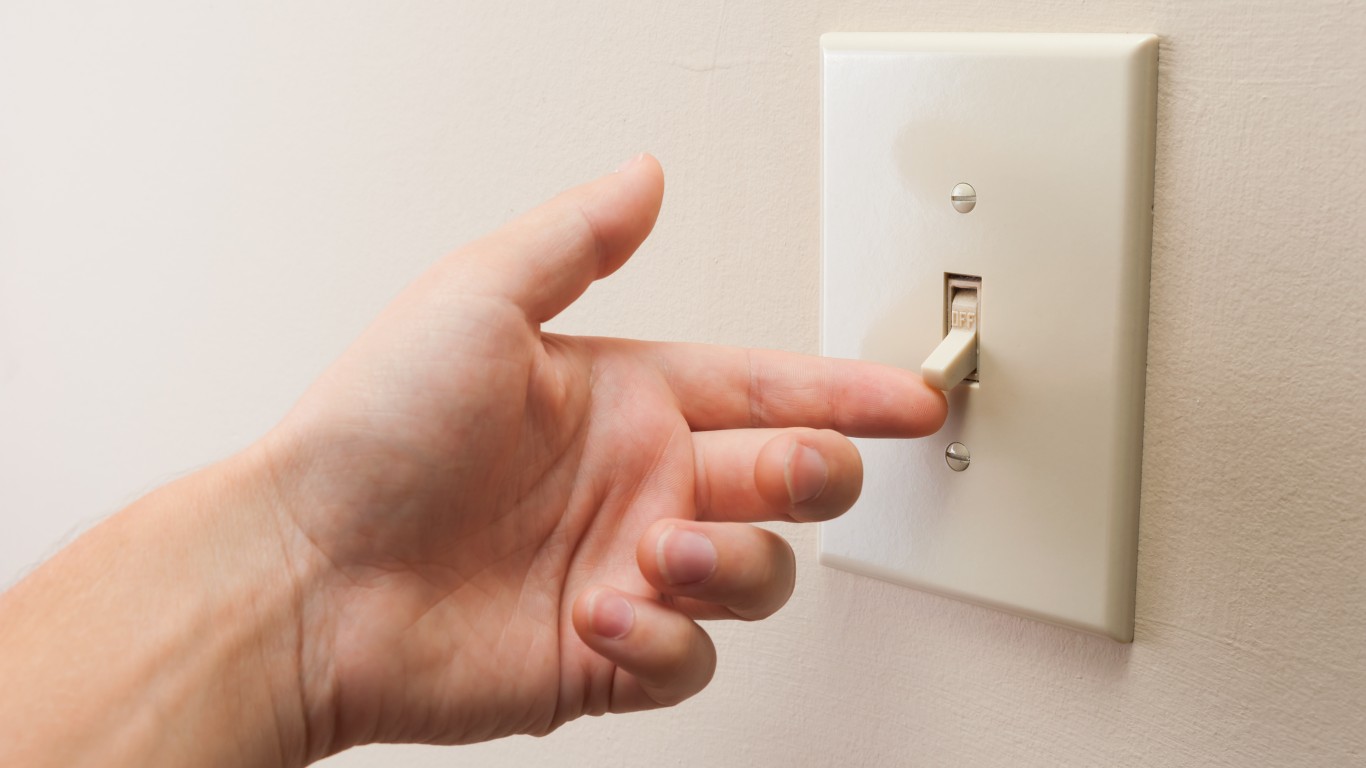
14. The original intent for DST may no longer be applicable
The original idea behind DST was to save electricity. Research has shown, however, that this may no longer be relevant today. Many people wake up before the sun rises and need to turn on the lights or the heat — or both — during those cold dark mornings, offsetting any energy that might be saved in the evenings.
[in-text-ad-2]
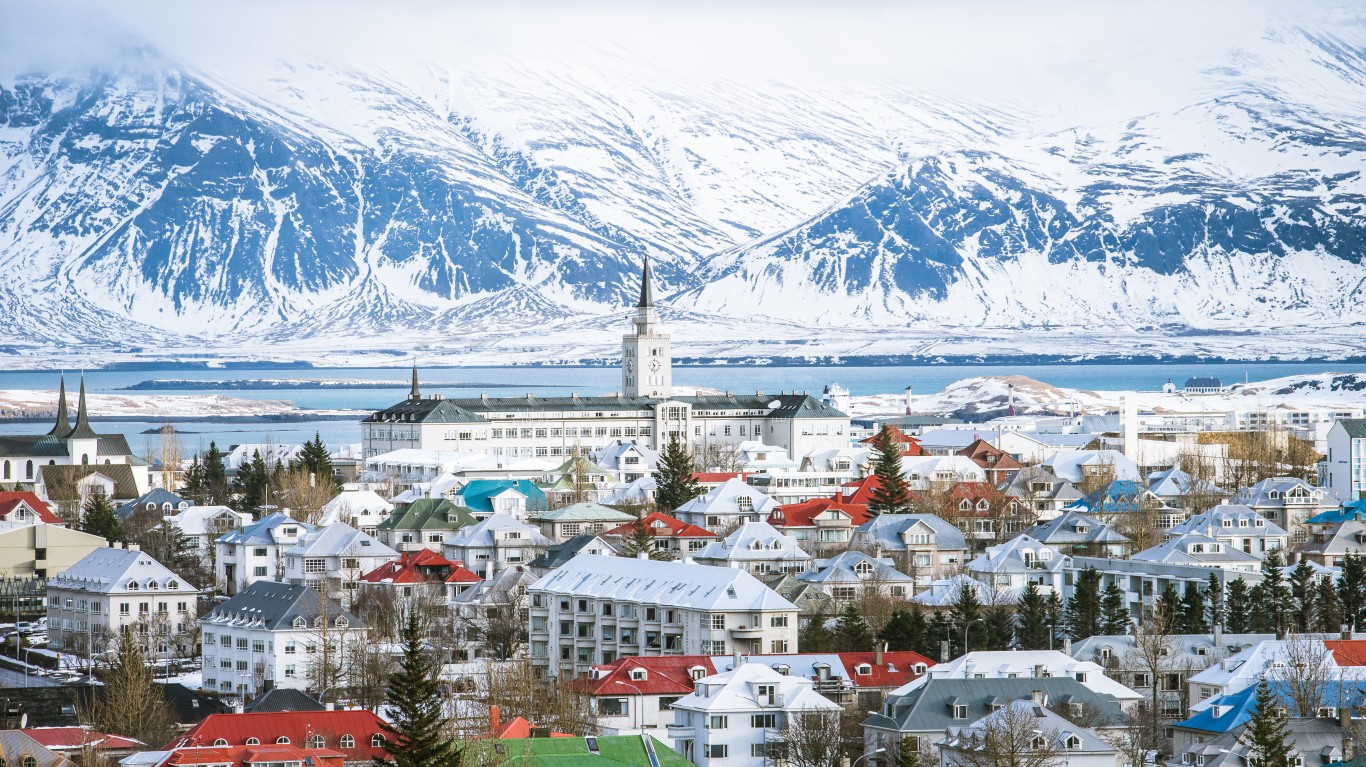
15. Different countries have different DST times
While some countries don’t observe DST at all — for example, China, Japan, and Iceland, despite its far northern location — others do it at different times. Israel and France both start DST at the end of March, but on different days, and fall back to standard time at the end of October.

16. William Willetts and Coldplay’s lead singer are related
He may have not come up with the idea, but William Willetts certainly advocated for DST more than anyone else in the world. The BBC calls him “the builder who changed how the world keeps time.” One of Willetts’ great-great-grandsons is Chris Martin, who is the frontman of Coldplay, one of the most popular bands of the decade.
The thought of burdening your family with a financial disaster is most Americans’ nightmare. However, recent studies show that over 100 million Americans still don’t have proper life insurance in the event they pass away.
Life insurance can bring peace of mind – ensuring your loved ones are safeguarded against unforeseen expenses and debts. With premiums often lower than expected and a variety of plans tailored to different life stages and health conditions, securing a policy is more accessible than ever.
A quick, no-obligation quote can provide valuable insight into what’s available and what might best suit your family’s needs. Life insurance is a simple step you can take today to help secure peace of mind for your loved ones tomorrow.
Click here to learn how to get a quote in just a few minutes.
Thank you for reading! Have some feedback for us?
Contact the 24/7 Wall St. editorial team.